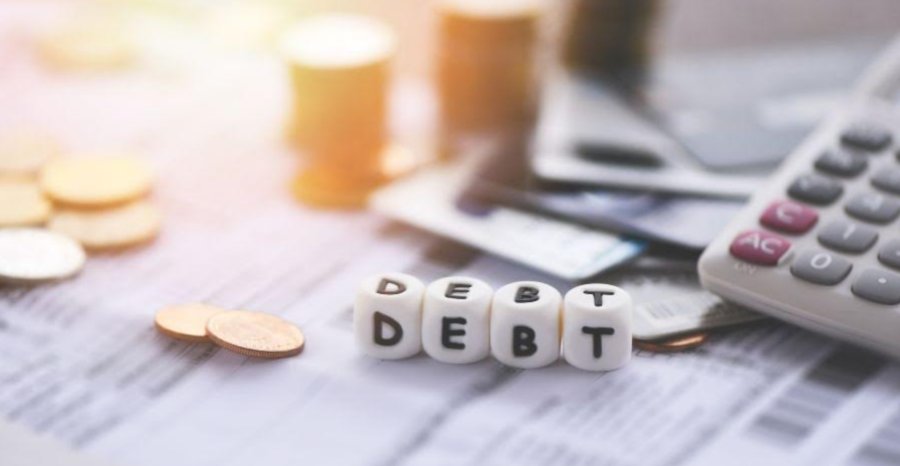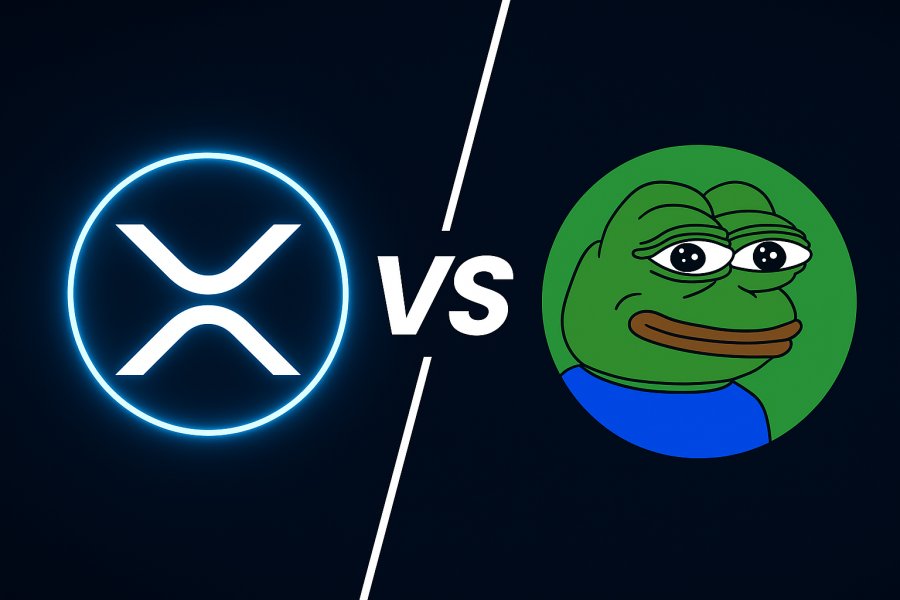What Are The Different Types of Debts You Can Consider When in Need?

At some point, most of us will face a financial gap that needs to be filled, whether it’s an unexpected bill, a home repair, or a personal emergency. Knowing what types of debt are available can help you make the best choice for your circumstances. Not all debts are created equal; each has its own risks, costs, and benefits.
By understanding your options, you can borrow with confidence and avoid the common pitfalls that trap many people. This guide explores the main types of debts you can consider when in need.
Payday Loans
Payday Loans are short term loans designed to tide you over until your next payday. They are usually for small amounts and are often used for emergencies. The application process is quick, and you can often receive funds on the same day.
However, these loans come with high interest rates and fees, making them expensive if not paid back promptly. Payday Loans can be useful for genuine, one-off emergencies, but they should never be used for regular expenses or as a long-term financial solution.
Personal Loans
Personal loans are a popular option when you need to borrow a larger amount and want the certainty of fixed monthly repayments. These loans are usually unsecured, meaning you don’t need to offer any collateral.
You can use them for a range of purposes, from consolidating debts to funding a holiday or covering unexpected costs. Interest rates vary depending on your credit score and the lender. Personal loans tend to have lower rates than payday loans, but approval can take a bit longer.
For those in Australia looking for options, considering a broker like Natloans can help you navigate the market and find a competitive rate that suits your financial needs.
Credit Cards
Credit cards offer flexibility for managing day-to-day expenses or spreading the cost of a bigger purchase. They can be a good choice if you need access to credit but don’t want to borrow a lump sum. Many cards offer an interest-free period if you pay off the balance each month, but carrying a balance leads to high interest charges.
It’s important to use credit cards carefully and avoid only making the minimum payment, as this can lead to growing debt over time.
Overdrafts
An overdraft is an arrangement with your bank that allows you to spend more money than you have in your current account, up to an agreed limit. This can be helpful for short-term cash flow issues. Overdrafts can be authorised (agreed in advance) or unauthorised (when you go over your limit).
Interest rates and fees can be high, especially for unauthorised overdrafts. Always check the terms with your bank and try to use overdrafts only as a temporary solution.
Guarantor Loans
Guarantor loans are designed for people who might struggle to get approved for credit due to a poor or limited credit history. With this type of loan, a family member or friend agrees to pay the debt if you cannot.
This reduces the risk for lenders and can help you access credit at lower rates. However, it also places a big responsibility on your guarantor, so it’s important to have an honest conversation before taking out this kind of loan.
Secured Loans
Secured loans use an asset, such as your home or car, as collateral. Because the lender has security, interest rates are usually lower than for unsecured loans. Secured loans are often used for larger amounts or longer-term borrowing, such as home improvements or debt consolidation.
The risk is that if you fail to keep up repayments, the lender can repossess your asset. Always consider carefully whether you’re comfortable with this level of risk.
Store Finance and Buy Now, Pay Later
Store finance and buy now, pay later (BNPL) schemes are commonly offered by retailers for purchases like furniture, electronics, or fashion. These can provide interest-free periods, but if you don’t pay off the full balance in time, high interest charges often apply.
BNPL can be helpful for spreading the cost of an essential purchase, but it’s easy to lose track of multiple repayments. Make sure you understand all the terms before agreeing to store finance or BNPL deals.
Peer-to-Peer Lending
Peer-to-peer (P2P) lending platforms match individual borrowers with private investors online. P2P loans can offer competitive rates and may be easier to access if your credit score isn’t perfect. However, they are less regulated than traditional lenders, and you should check the platform’s reputation before borrowing.
P2P loans are best for those who want a flexible borrowing option outside of mainstream banks but are comfortable with a bit more risk.
Credit Union Loans
Credit unions are community-based organisations that offer savings and loans to their members, often at lower rates than high street banks. They are a great alternative if you have limited access to mainstream credit or want a more personal service.
Credit union loans are usually smaller and have reasonable interest rates. Membership is usually required, and you may need to save with the union for a short time before you can borrow.
Final Words
Choosing the right type of debt for your situation can make a world of difference to your financial wellbeing. Weigh the costs, risks, and benefits of each option before you borrow. By being informed and planning ahead, you can handle life’s challenges without falling into a debt trap. Remember, responsible borrowing is always the best policy.
FAQs
Are payday loans safe if used just once?
Payday loans can help in a true emergency if repaid quickly, but their high costs make them risky. Only use them when absolutely necessary and avoid rolling them over.
What’s the safest way to borrow money for home improvements?
A personal loan or secured loan is often best for home improvements. Always compare interest rates, fees, and repayment terms before committing to any type of loan.
Can I use a credit card for debt consolidation?
You can transfer balances to a low or zero-interest credit card for debt consolidation, but check for fees and ensure you can clear the balance before the promotional period ends.
How do I know which debt option is right for me?
Assess your needs, budget, and ability to repay. Consider the purpose, interest rates, and terms. If unsure, seek free financial advice before making a decision.





